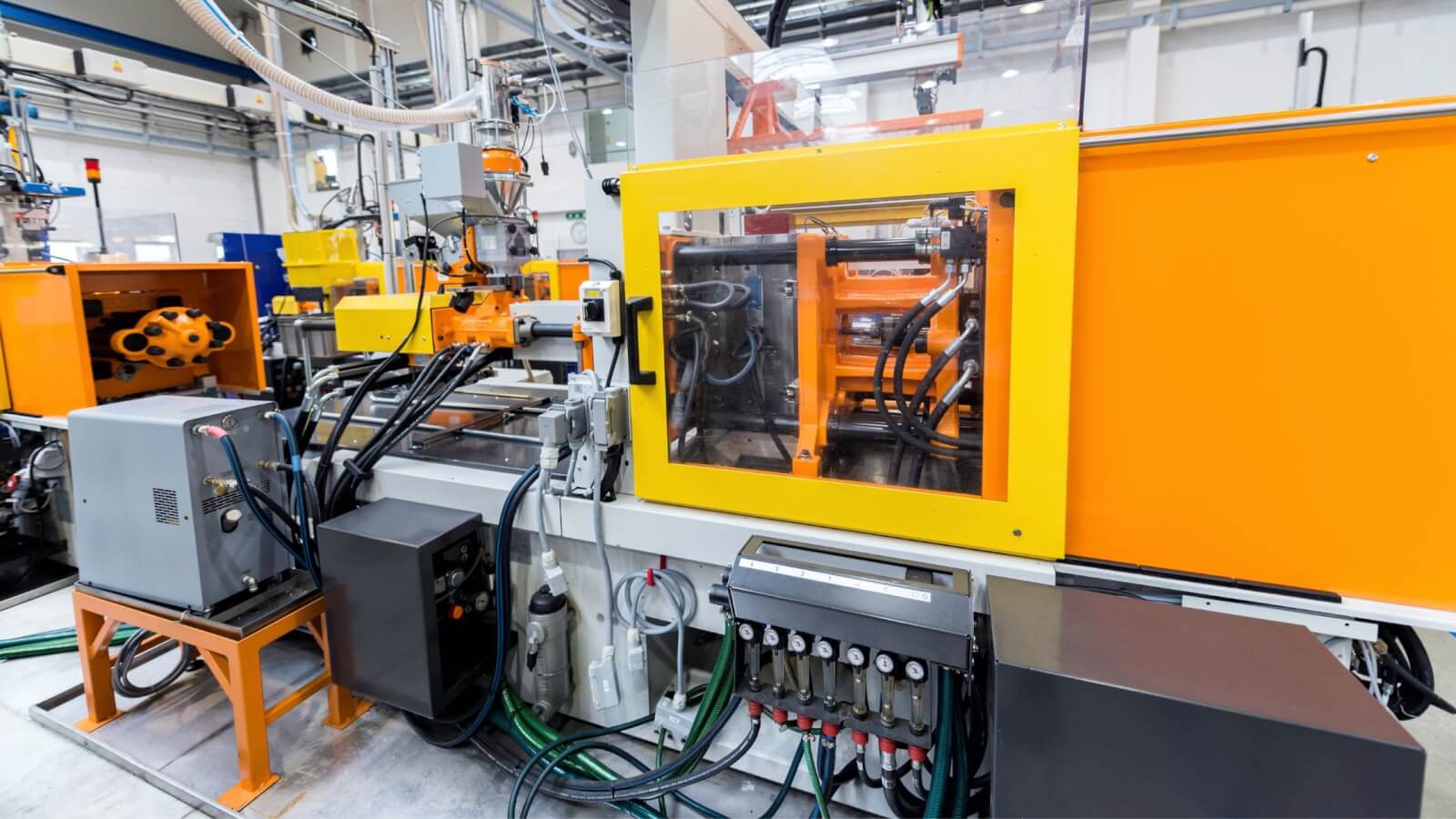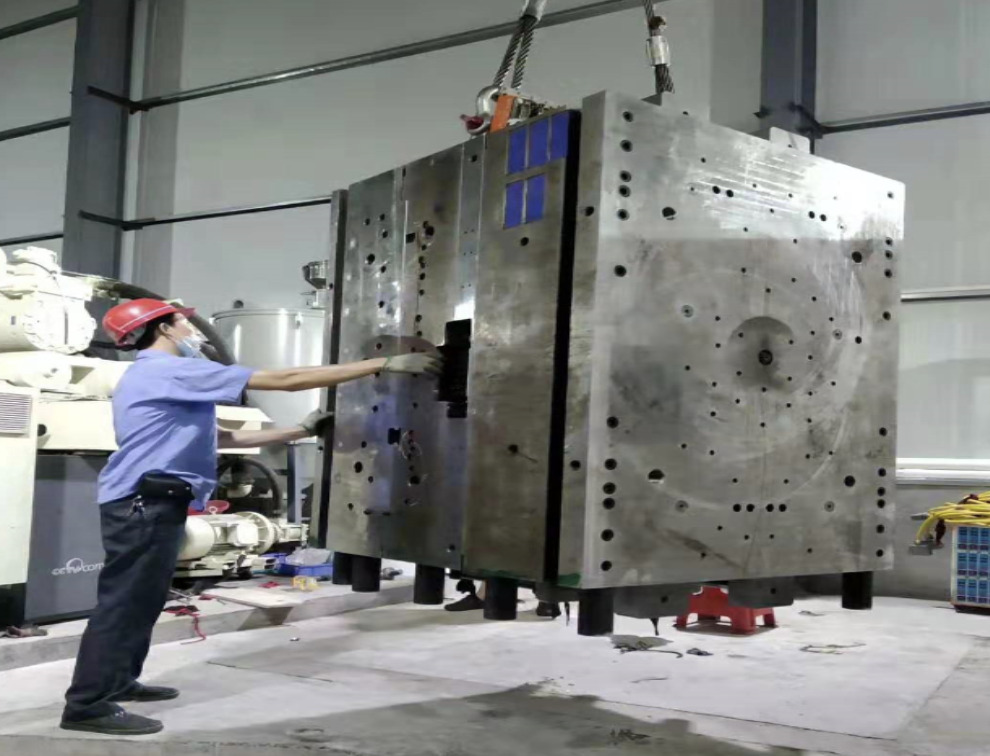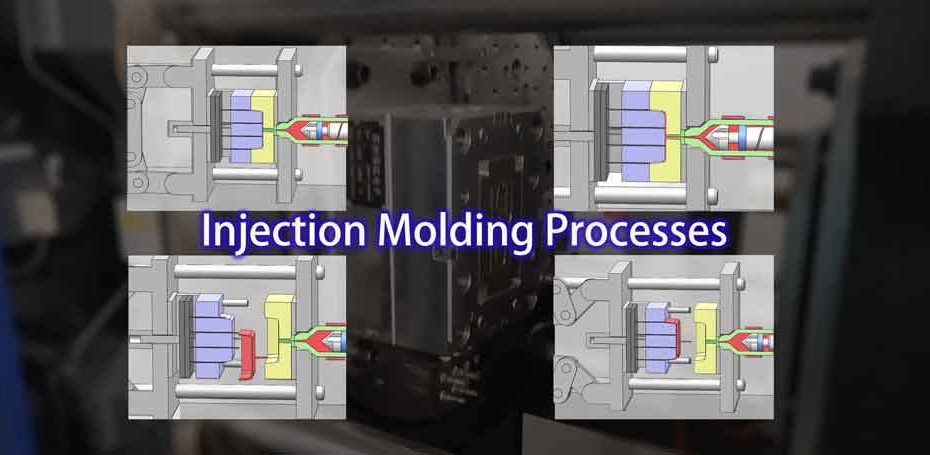How Plastic Injection Molding Drives Efficiency in Mass Production
How Plastic Injection Molding Drives Efficiency in Mass Production
Blog Article
Recognizing the Basics of Plastic Injection Molding Procedures
Plastic shot molding acts as a foundation of modern-day manufacturing, giving a methodical technique to generating complex elements with accuracy. This procedure not just incorporates the fundamental actions of melting and infusing products right into molds but likewise includes a nuanced understanding of numerous affecting aspects, such as temperature and pressure. As markets increasingly demand effectiveness and high quality, the details of this methodology end up being much more important. Discovering these crucial elements could reveal how even minor adjustments can lead to significant renovations in manufacturing end results, questioning concerning the possibility for technology in this well-known procedure.
What Is Plastic Shot Molding?
Plastic injection molding is an extensively utilized production process that transforms thermosetting and thermoplastic products right into precise and complex shapes. This method is preferred for its capability to generate high volumes of the same parts with exceptional precision, making it an essential approach in various markets, consisting of automobile, customer items, and medical gadgets.
The procedure involves melting the selected plastic product and injecting it into a mold and mildew under high stress. The mold and mildew, developed to the specs of the wanted part, allows the molten plastic to materialize as it cools and strengthens. When the product has actually hardened, the mold is opened, and the completed part is expelled.
Plastic injection molding offers a number of benefits, consisting of lowered waste, uniformity in manufacturing, and the capacity to include intricate designs that may be challenging with other producing methods. Additionally, it supports a wide series of materials, each offering special residential or commercial properties that can be tailored for certain applications. As sectors proceed to introduce, plastic shot molding stays at the leading edge, enabling the advancement of advanced products that fulfill evolving consumer needs.
The Shot Molding Refine
The injection molding process is a sophisticated technique that involves several key phases to generate high-grade plastic parts. Plastic pellets are fed right into a heated barrel where they are melted right into a thick liquid. This molten plastic is then infused under high stress into a precision-engineered mold, which forms the product right into the desired form.
As soon as the mold and mildew is filled up, the plastic is permitted to strengthen and cool, taking the form of the mold and mildew tooth cavity. Cooling time is vital, as it impacts the cycle time and the last residential properties of the molded part. After enough cooling, the mold opens up, and the completed component is expelled using ejector pins.

Products Utilized in Injection Molding
Various products can be made use of in the shot molding procedure, each offering one-of-a-kind properties that accommodate specific applications. One of the most commonly used materials consist of thermoplastics, thermosetting plastics, and elastomers.

Thermosetting plastics, like epoxy and phenolic materials, undergo a chemical adjustment throughout the curing procedure, causing a rigid, stringent framework. These materials are optimal for applications calling for high warm resistance and architectural honesty, typically made use of in auto parts and electrical insulators.
Elastomers, consisting of silicone and rubber-based products, give flexibility and durability. Their special properties make them appropriate for applications that require flexibility, such as gaskets and seals.
In addition, specialized materials like bio-based plastics and composites are acquiring traction for their environmental benefits and improved performance attributes, expanding the extent of shot molding applications in numerous sectors. Recognizing the properties of these materials is important for choosing the ideal kind for certain tasks.
Advantages of Shot Molding
Injection molding stands apart as an extremely effective manufacturing process that offers numerous benefits for generating complicated components with precision. One of one of the most substantial advantages is the capability to produce elaborate designs that would certainly be tough or difficult to attain with various other approaches (Plastic Injection Molding). The procedure enables in-depth functions and tight resistances, making sure premium elements
Additionally, shot molding is understood for its rapid manufacturing abilities, making it an optimal choice for high-volume production. When the mold is developed, parts can be produced promptly, decreasing lead times and boosting overall performance. This efficiency not only lowers manufacturing costs yet also gives an one-upmanship in the marketplace.
The flexibility of materials used in injection molding further improves its charm. A wide variety of thermoplastics and thermosetting polymers can be utilized, permitting producers to pick materials that finest meet their certain needs, including toughness, heat, and versatility resistance.
Additionally, the procedure minimizes waste, as excess material can usually be recycled and reused. This sustainability element adds to you can try here a reduced environmental effect, making shot molding a liable manufacturing choice. In general, the benefits of shot molding make it a recommended method for numerous industries.
Elements Impacting Item Top Quality
While numerous factors can influence product high quality in injection molding, recognizing these aspects is critical for attaining optimal results. Key aspects include product selection, refining specifications, and mold style.
Product choice plays a crucial function, as different polymers display distinct residential properties that influence flowability, stamina, and thermal stability. Insufficient material choice can lead to issues such as bending or insufficient filling.
Processing parameters, consisting of temperature level, pressure, and cycle time, should be carefully controlled. Variants in these setups can result in inconsistencies in component measurements and surface coating. Excessively high web link temperature levels may cause destruction of the polymer, while insufficient stress can result in brief shots.
Mold layout is equally important, as it figures out the circulation of the molten plastic and the cooling procedure. Badly made molds might cause uneven air conditioning rates, leading to dimensional mistakes and residual anxieties.

Conclusion
Finally, plastic injection molding acts as a critical production procedure that makes it possible for the effective production of premium elements. Mastery of the injection molding procedure, consisting of the understanding of products and the impact of numerous aspects on item high quality, is vital for accomplishing optimal outcomes. The benefits of this technique, such as cost-effectiveness and design flexibility, more highlight its importance across numerous sectors, strengthening its condition as a preferred selection for high-volume manufacturing.
Plastic injection molding offers as a foundation of modern production, providing a methodical approach to generating intricate components with precision.Plastic injection molding supplies a number of advantages, consisting of decreased waste, consistency in manufacturing, and the capability to include complex designs that might be challenging with various other manufacturing methods (Plastic Injection Molding). As industries proceed to innovate, plastic shot molding remains at the center, enabling the growth of sophisticated items that meet advancing consumer needs
The injection molding procedure is a sophisticated method that entails a number of vital stages to create top quality plastic parts.In conclusion, plastic shot molding offers as a vital production process look at this site that allows the reliable production of premium parts.
Report this page